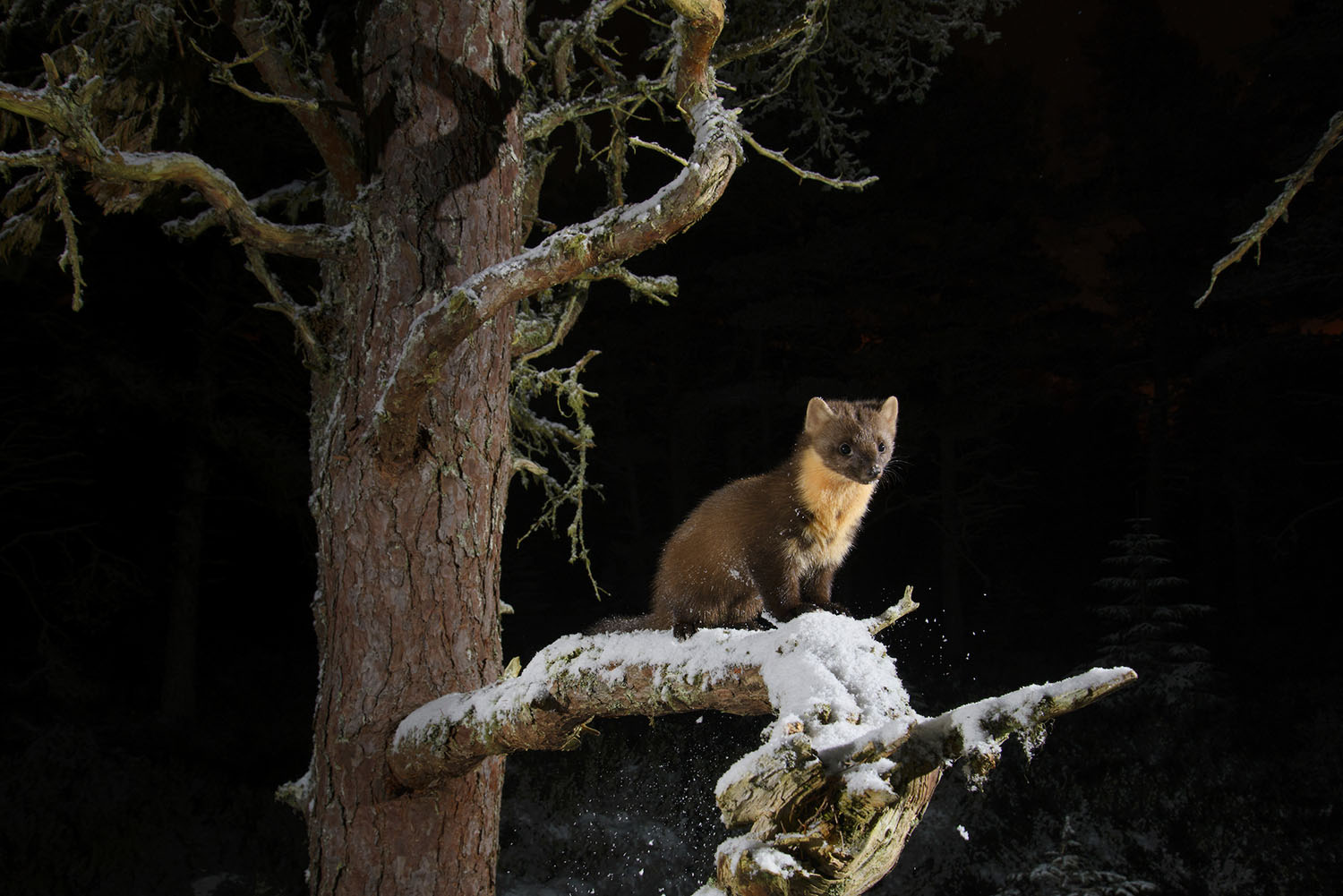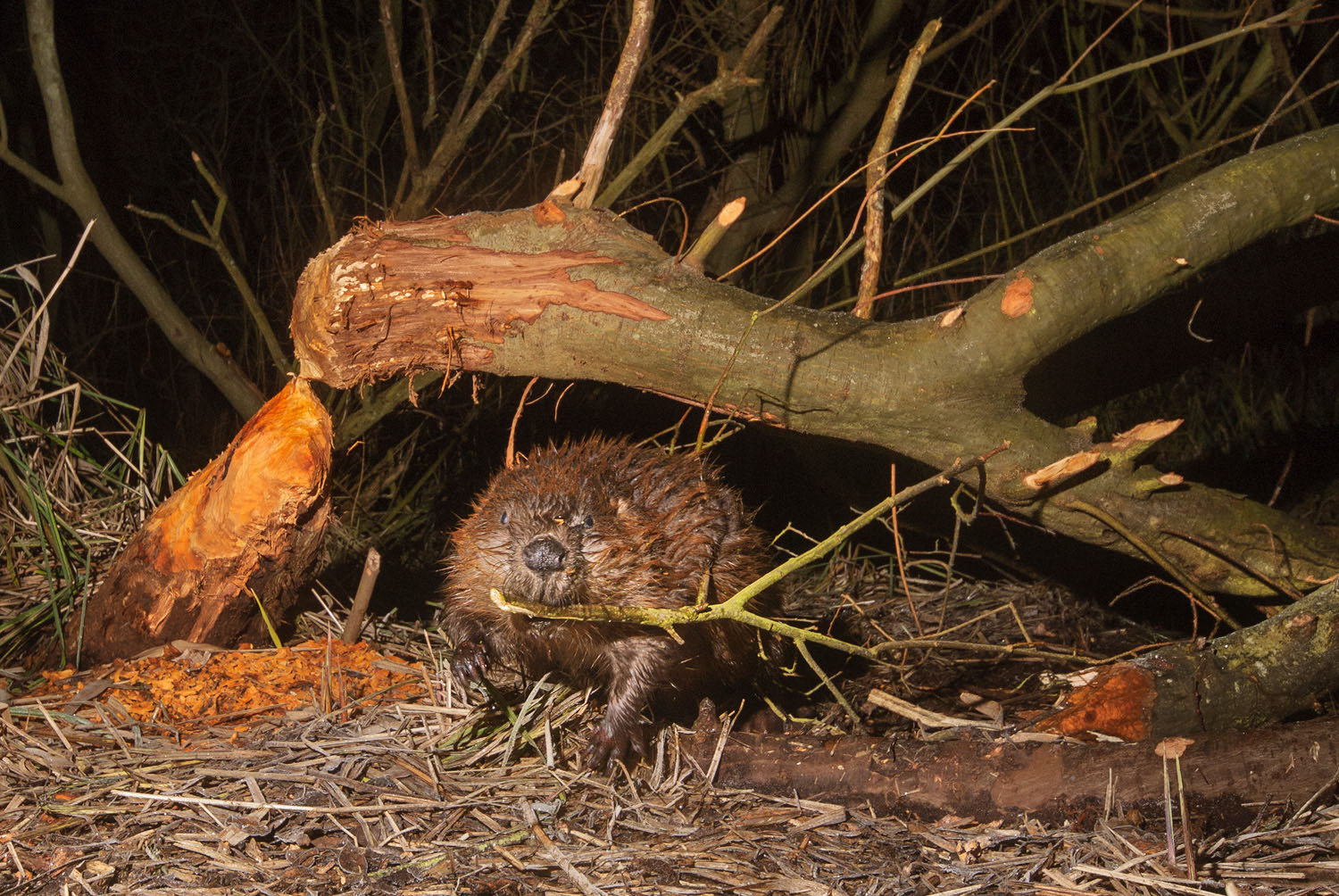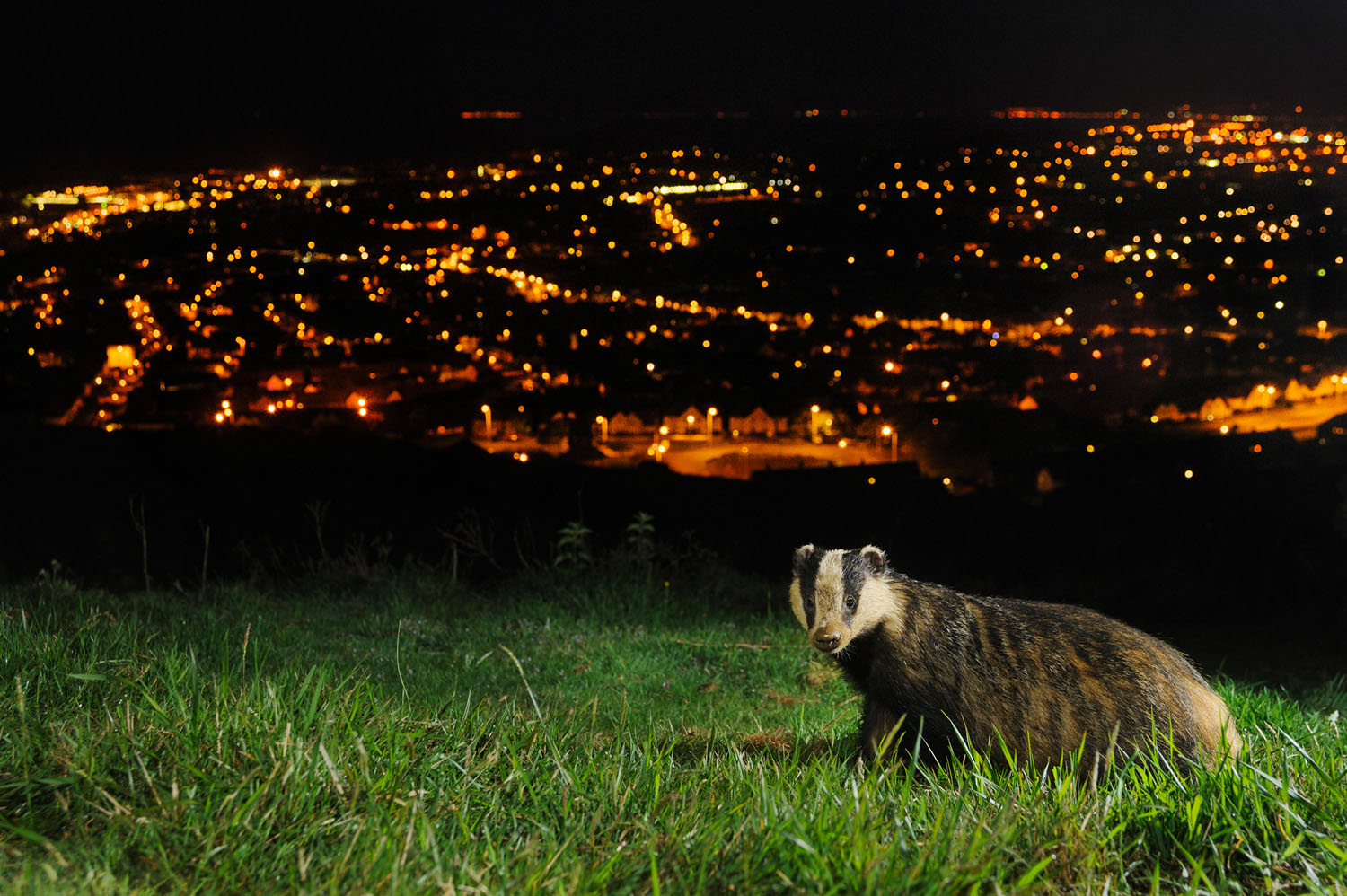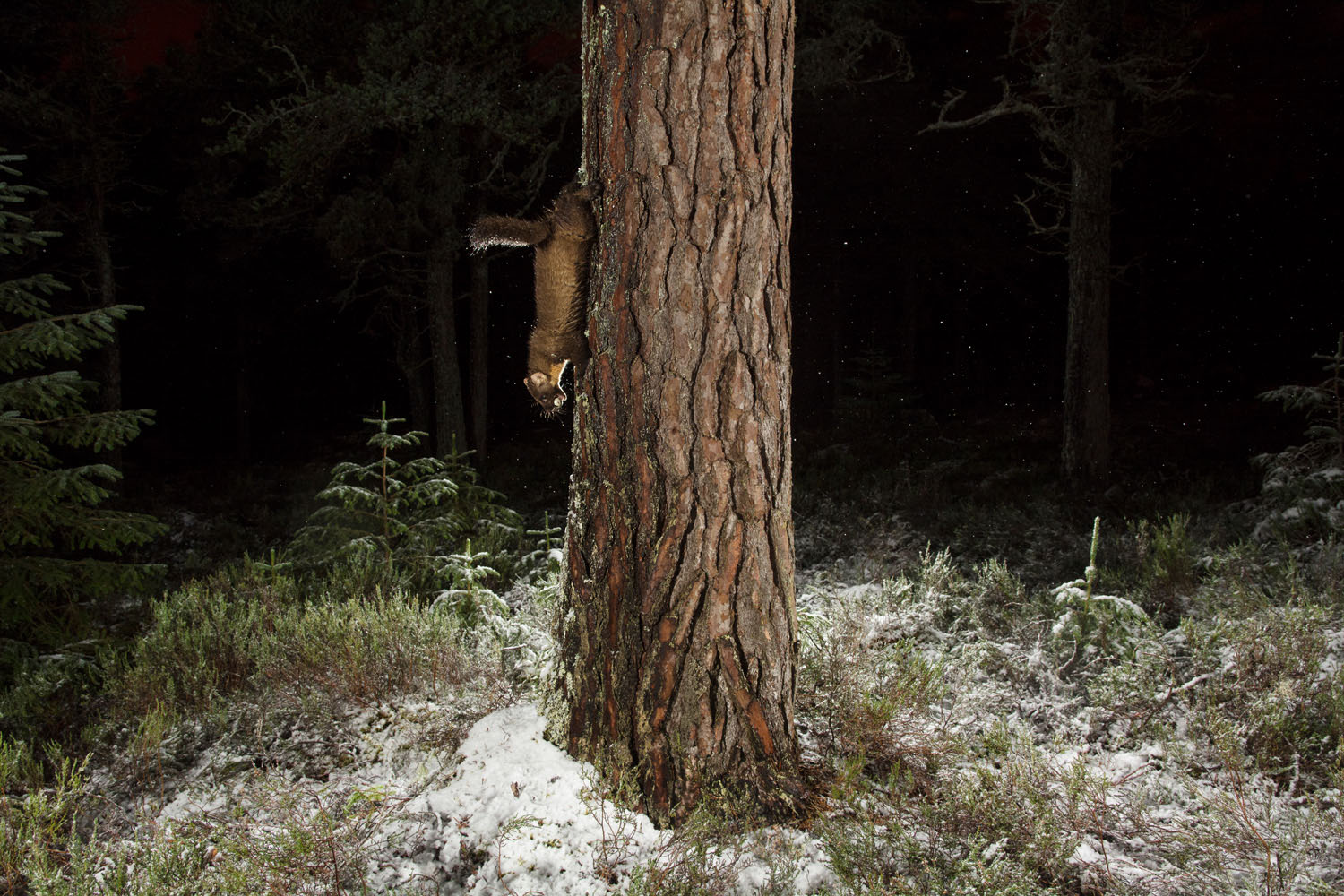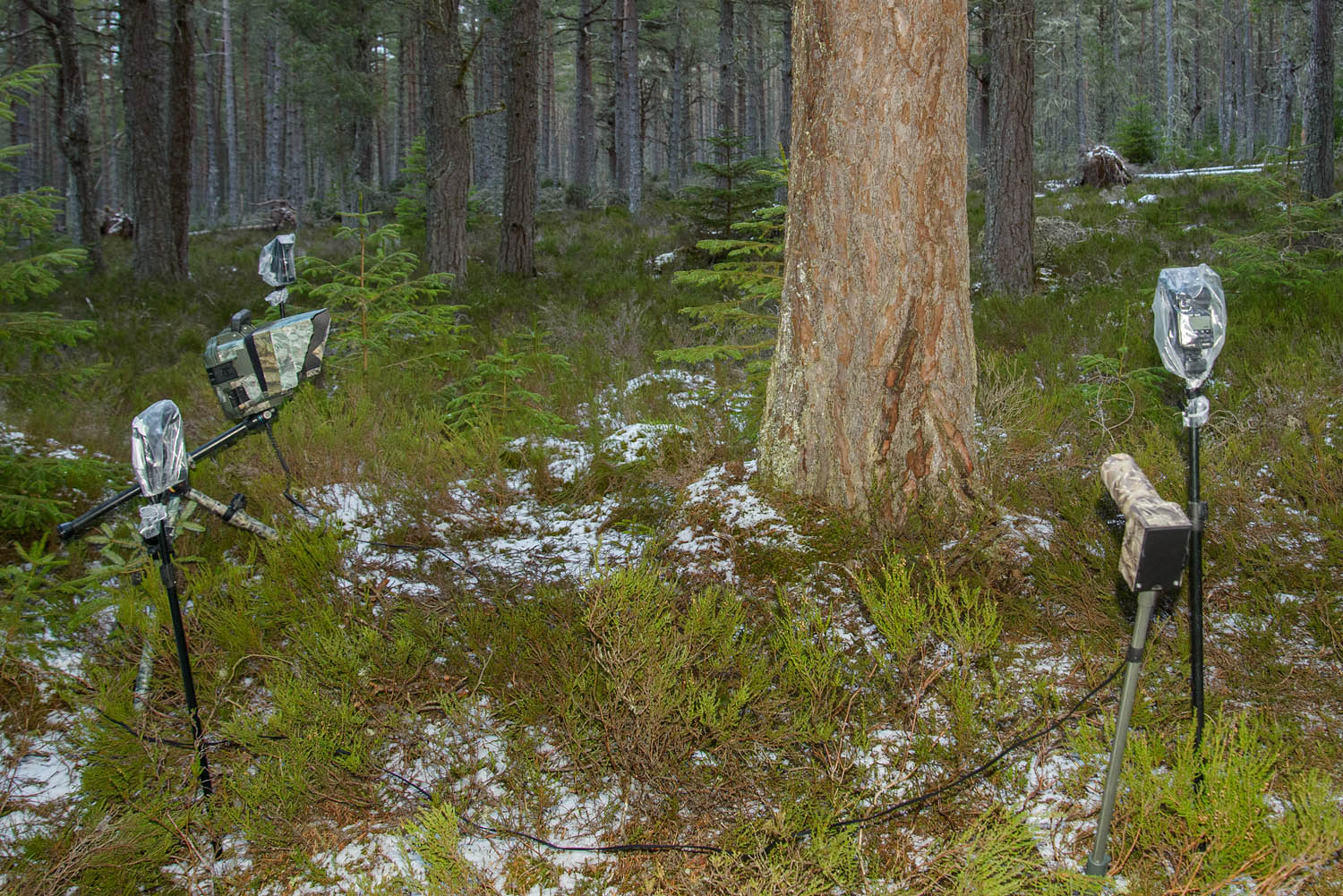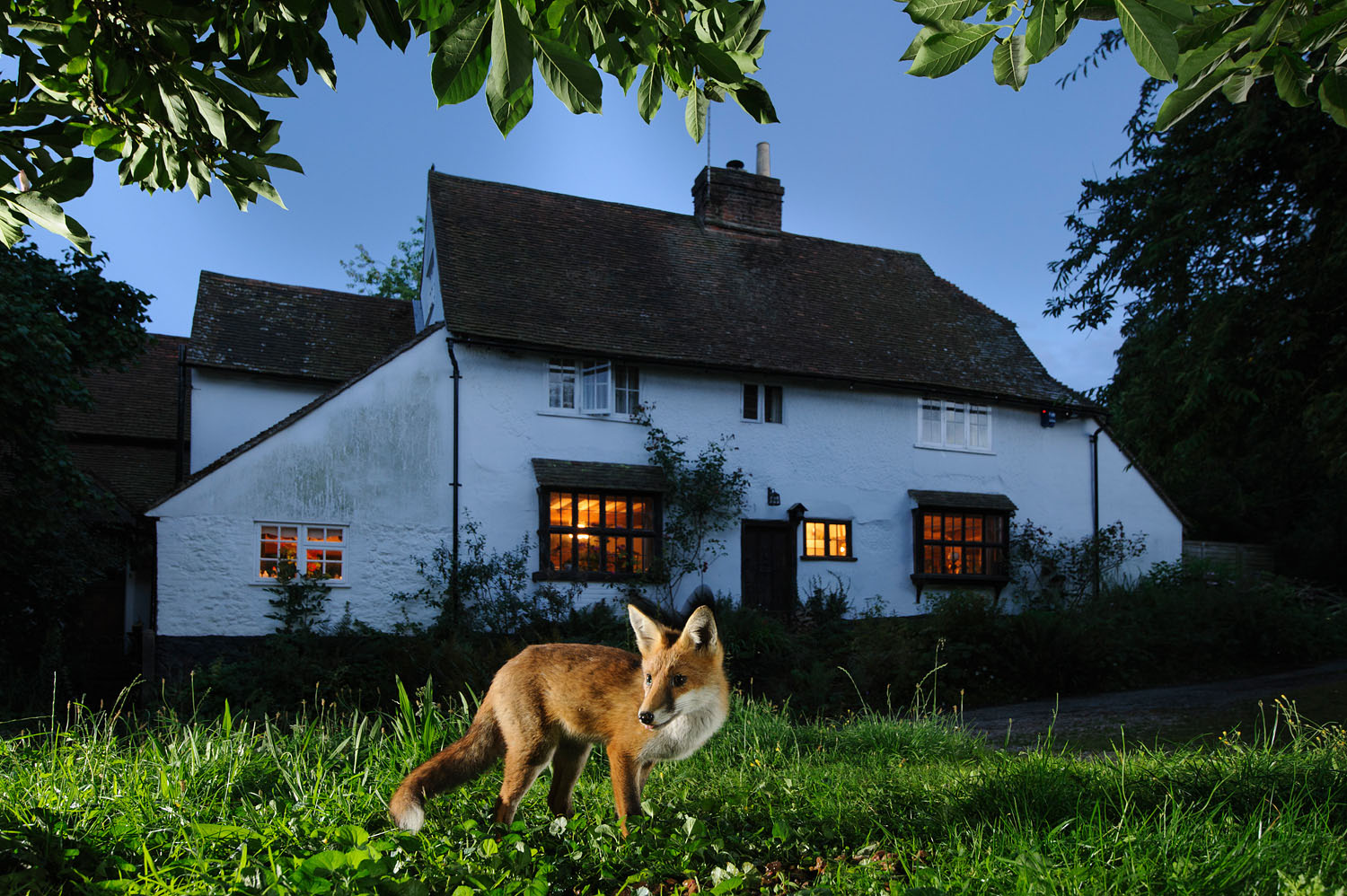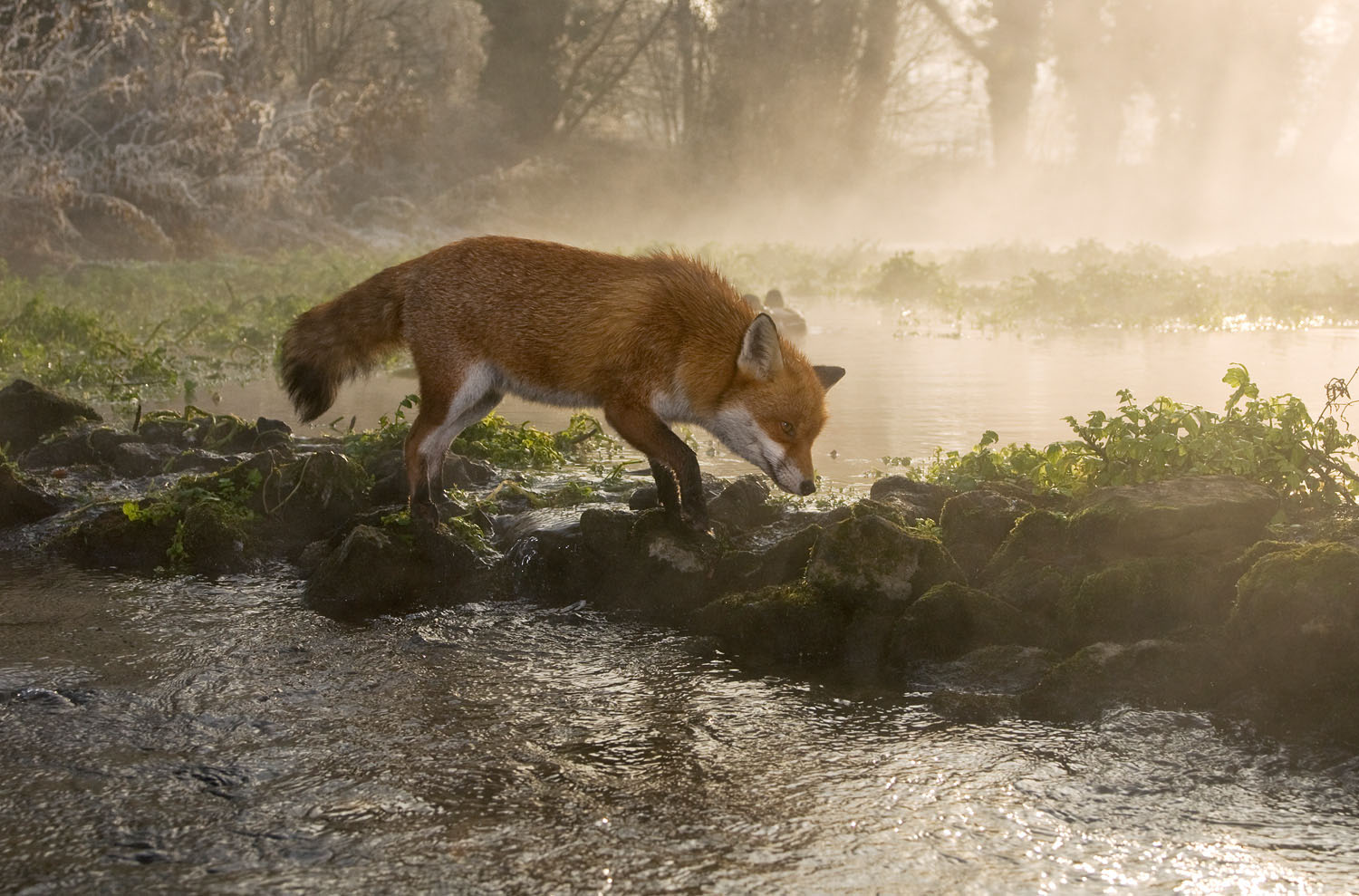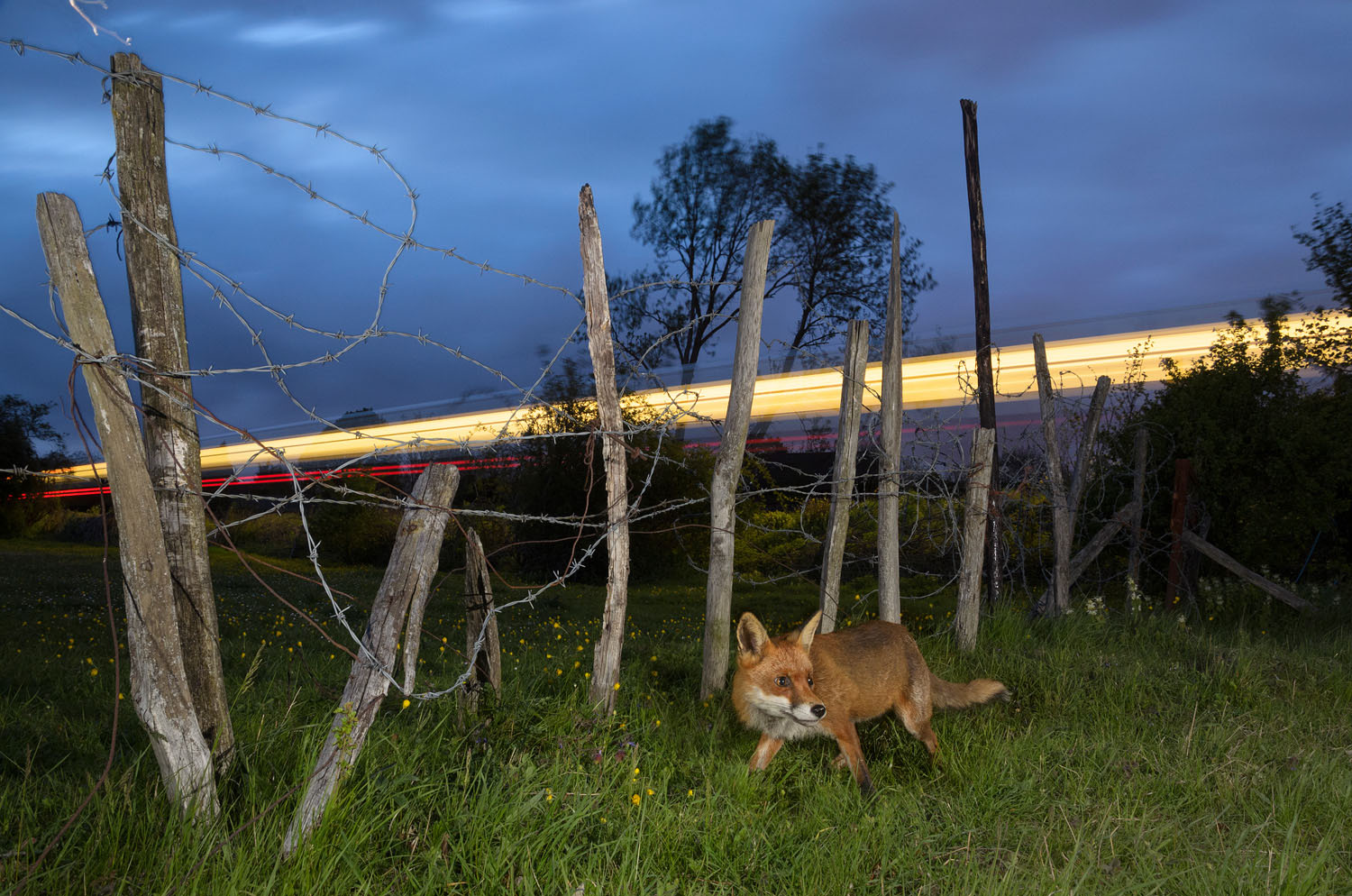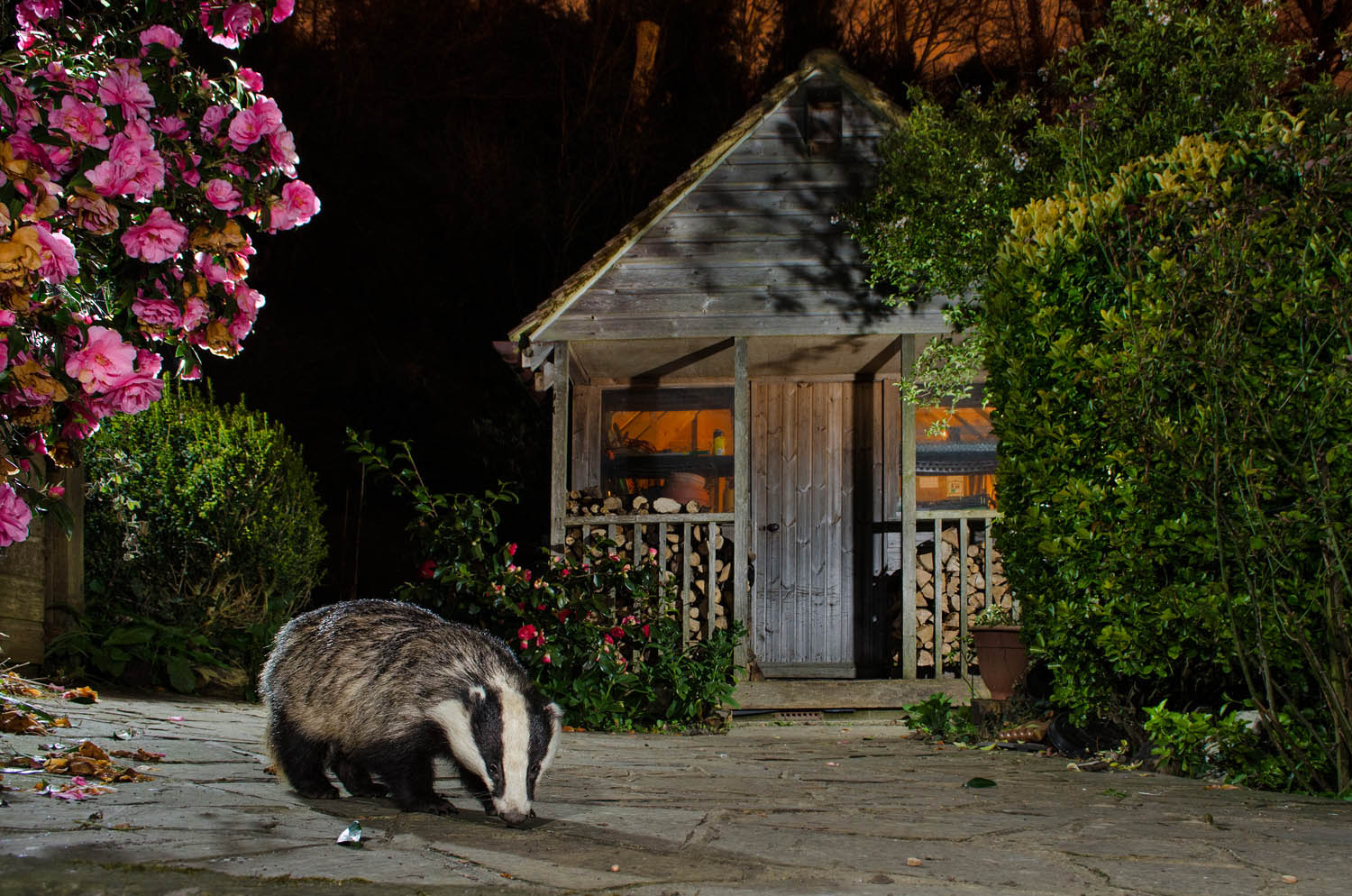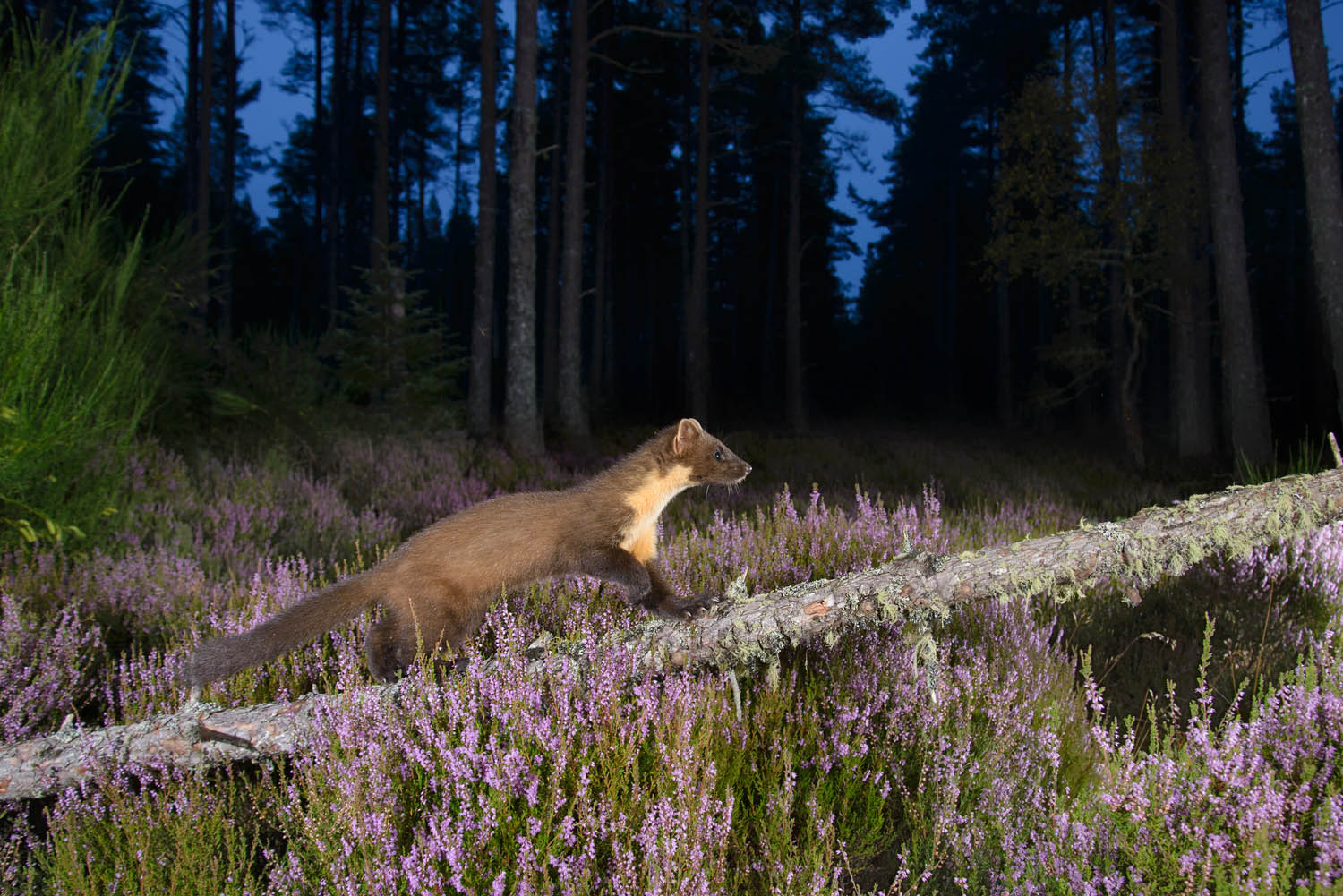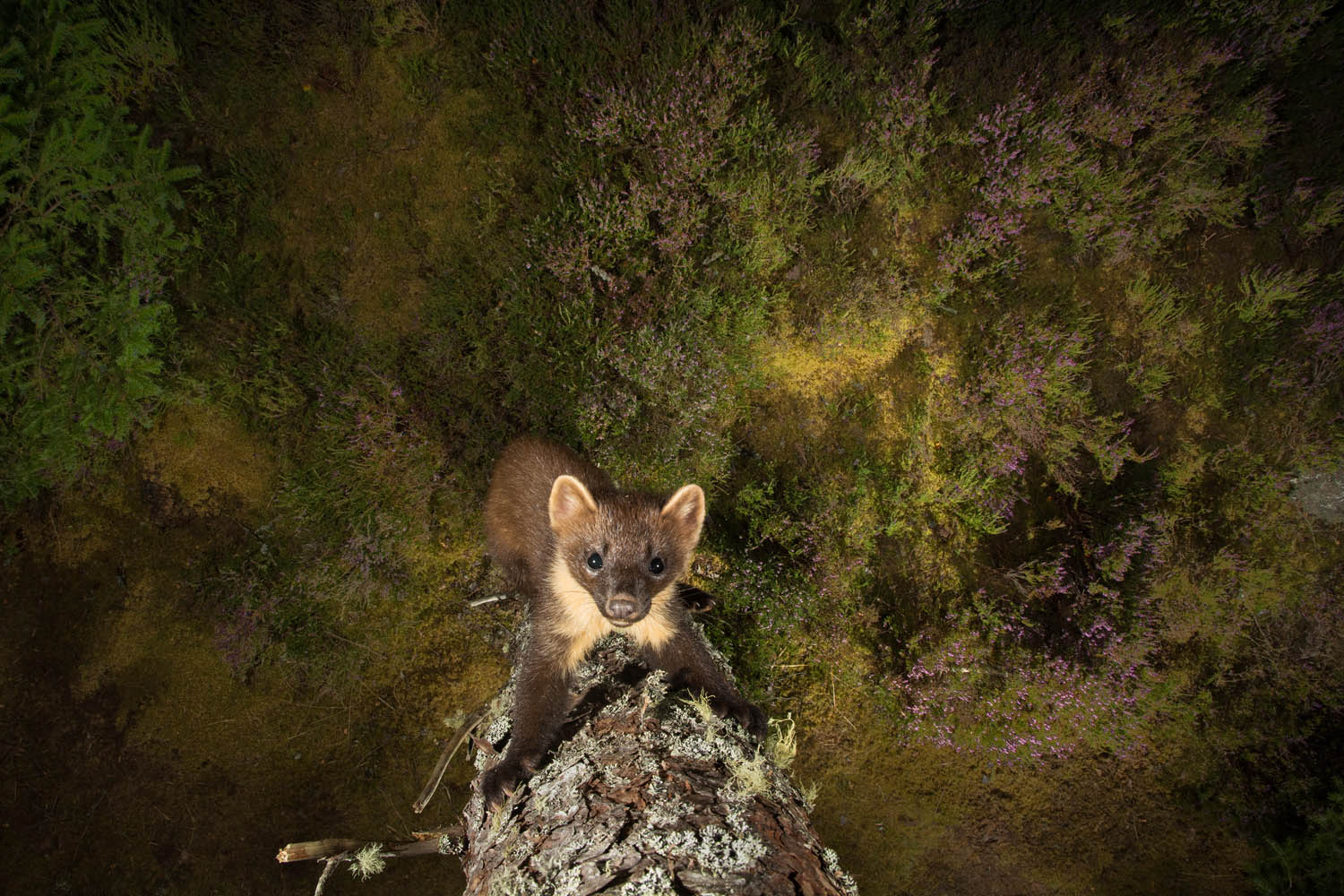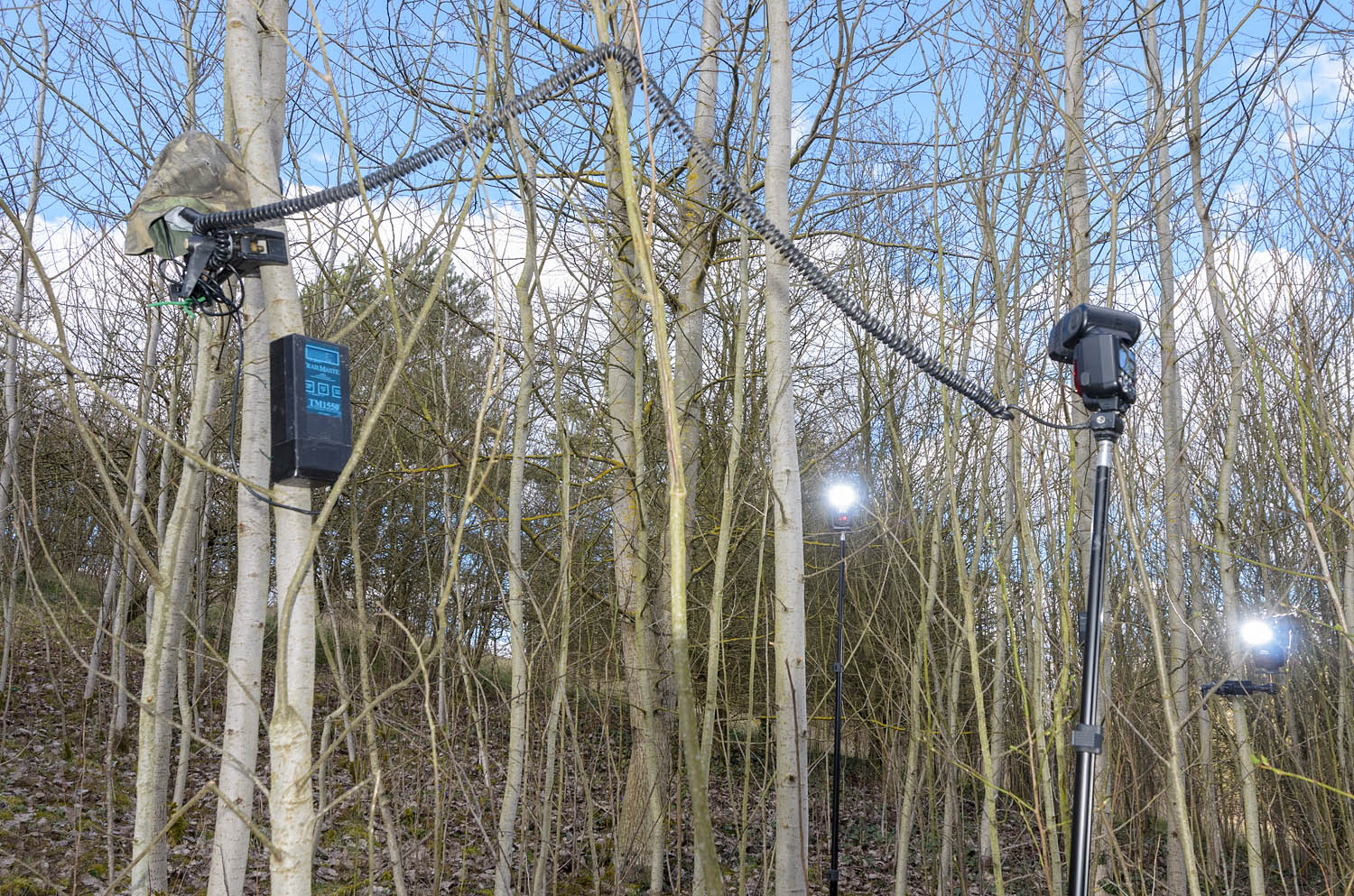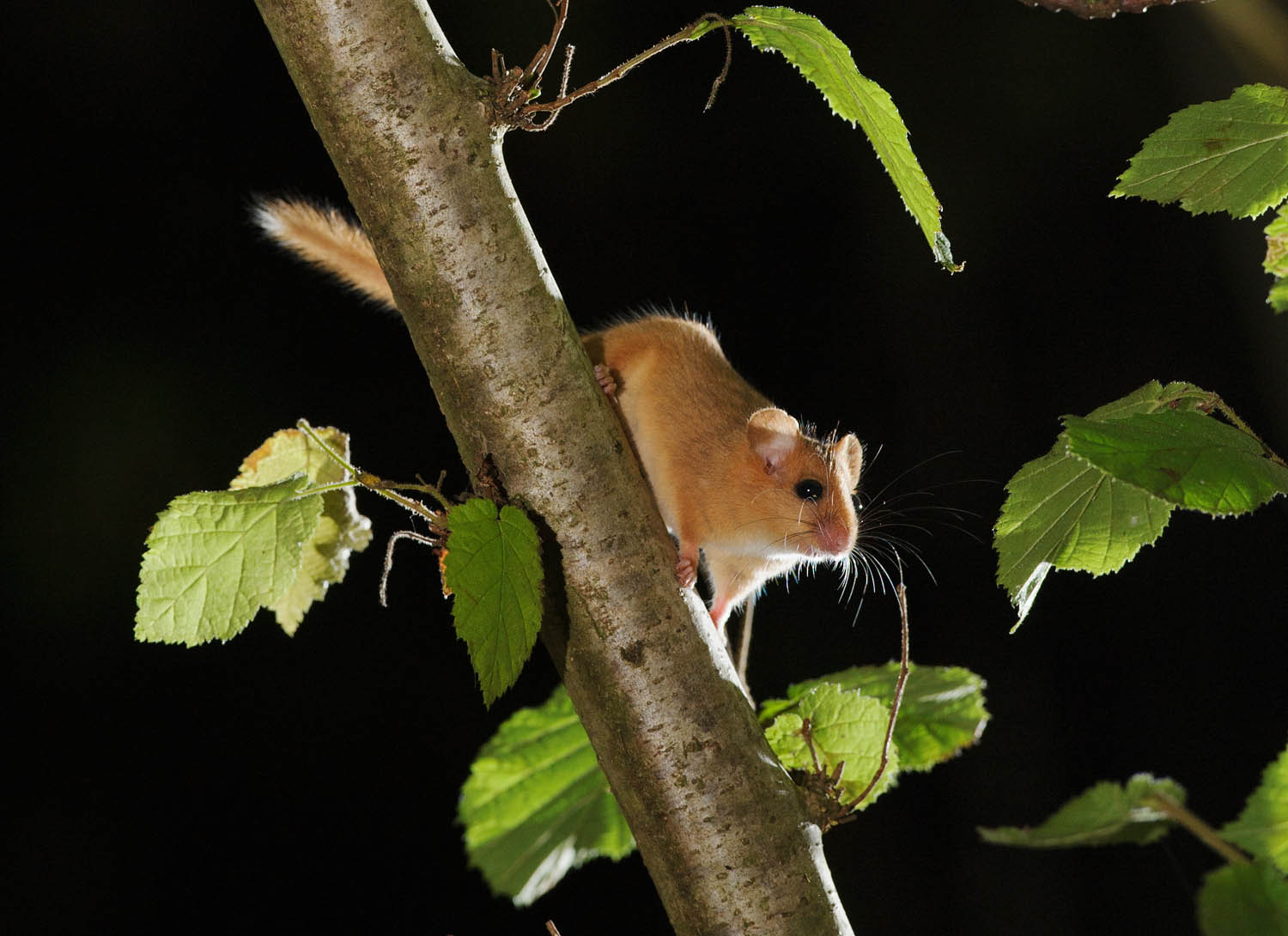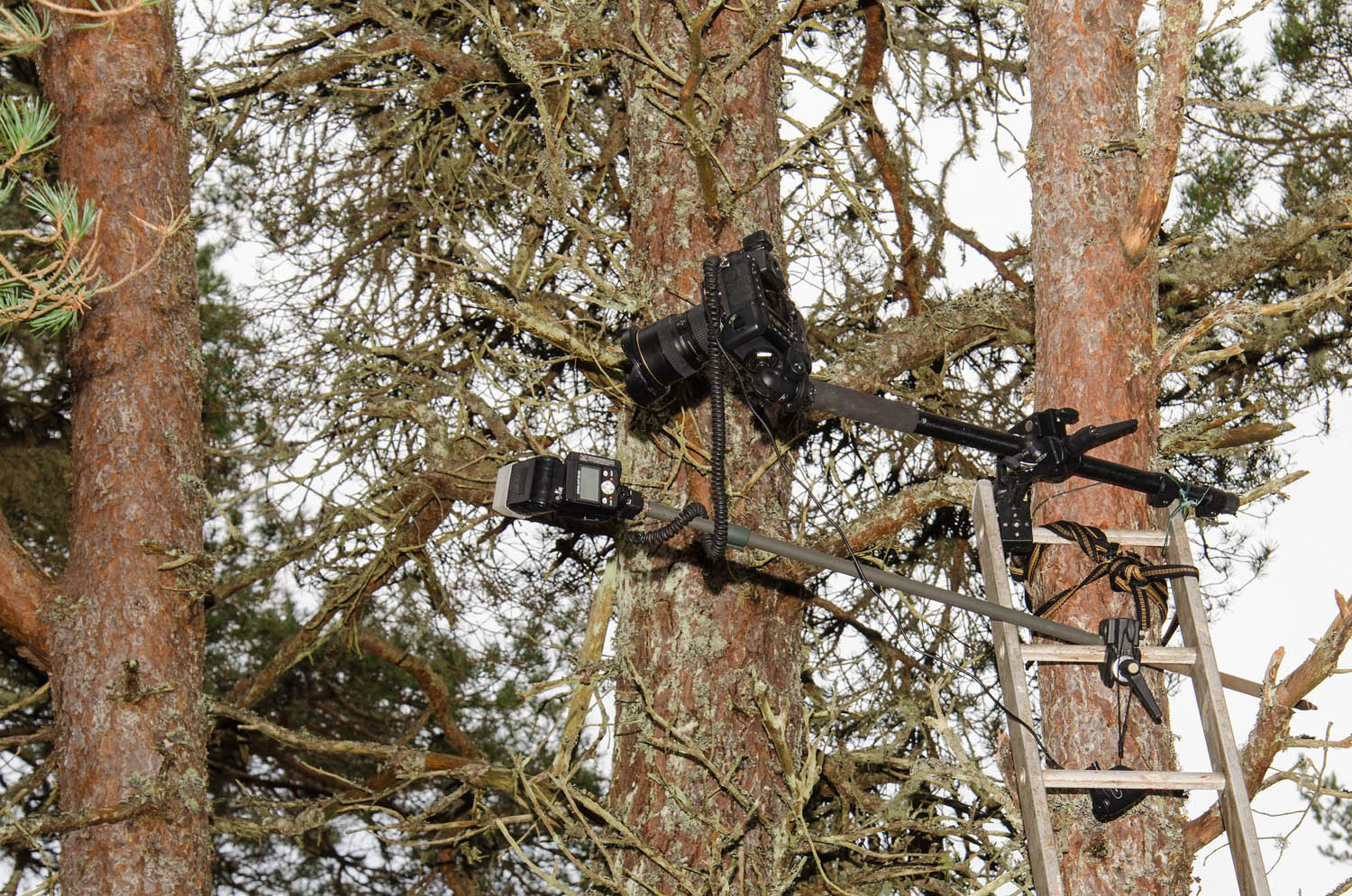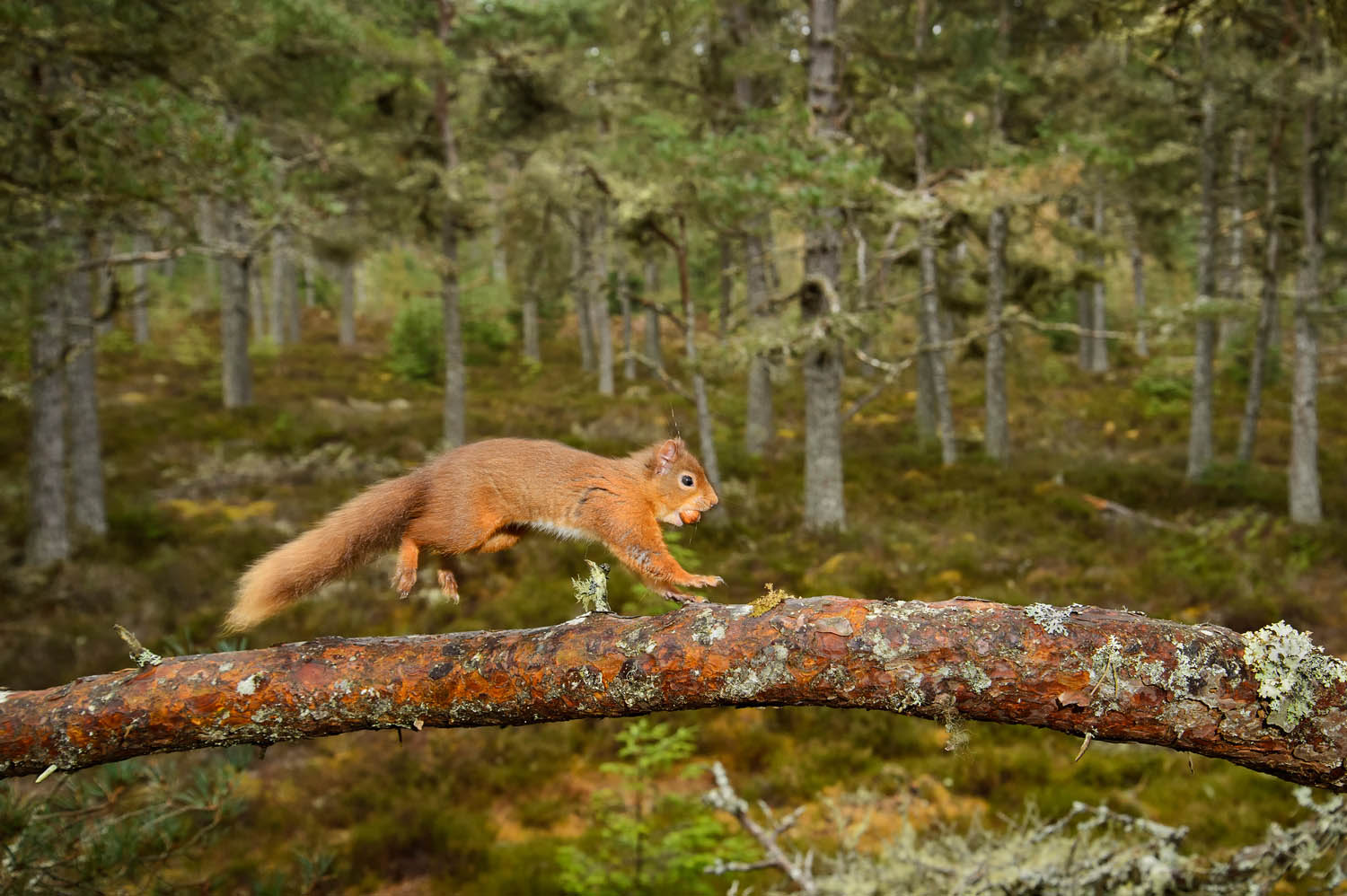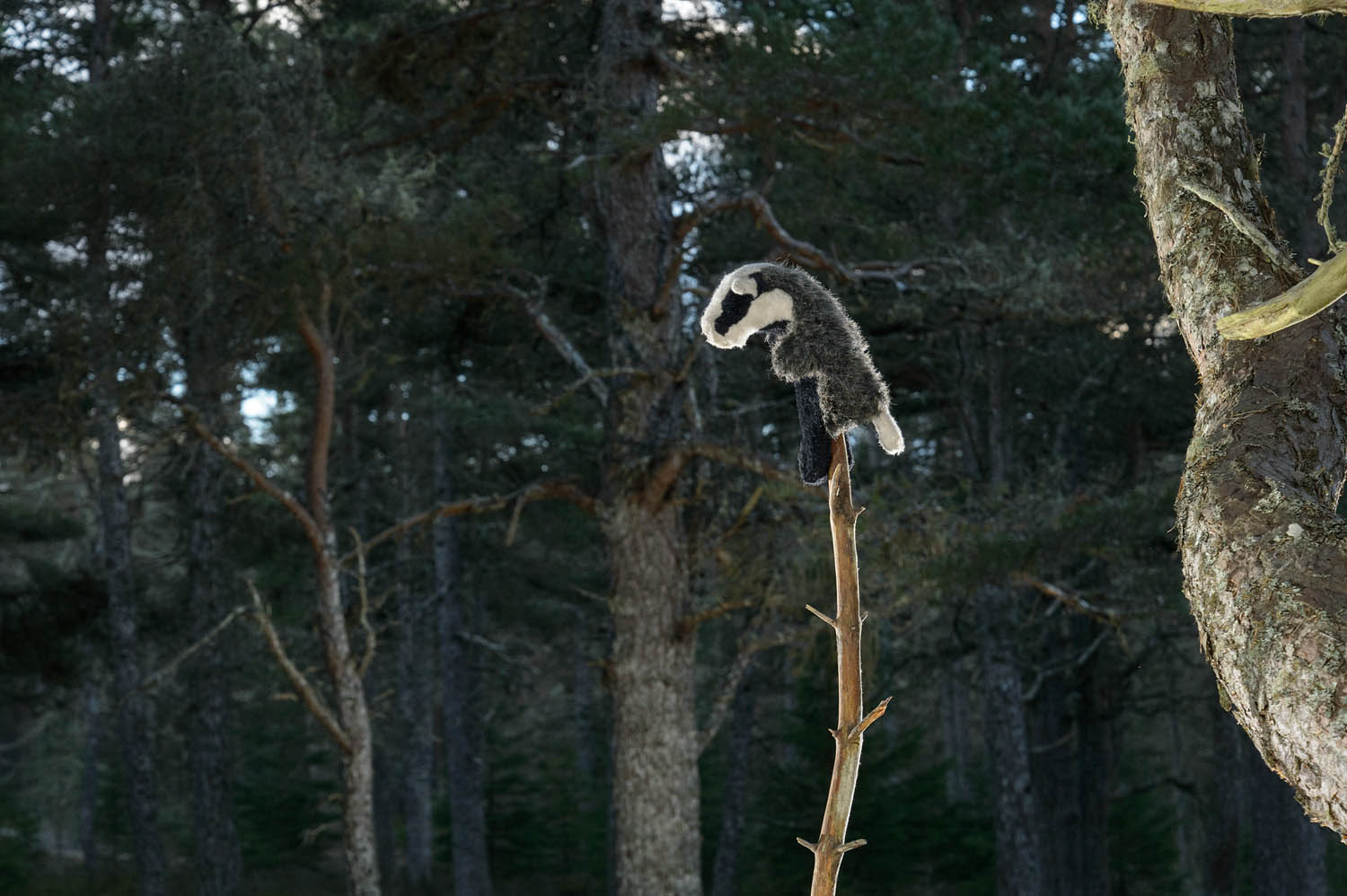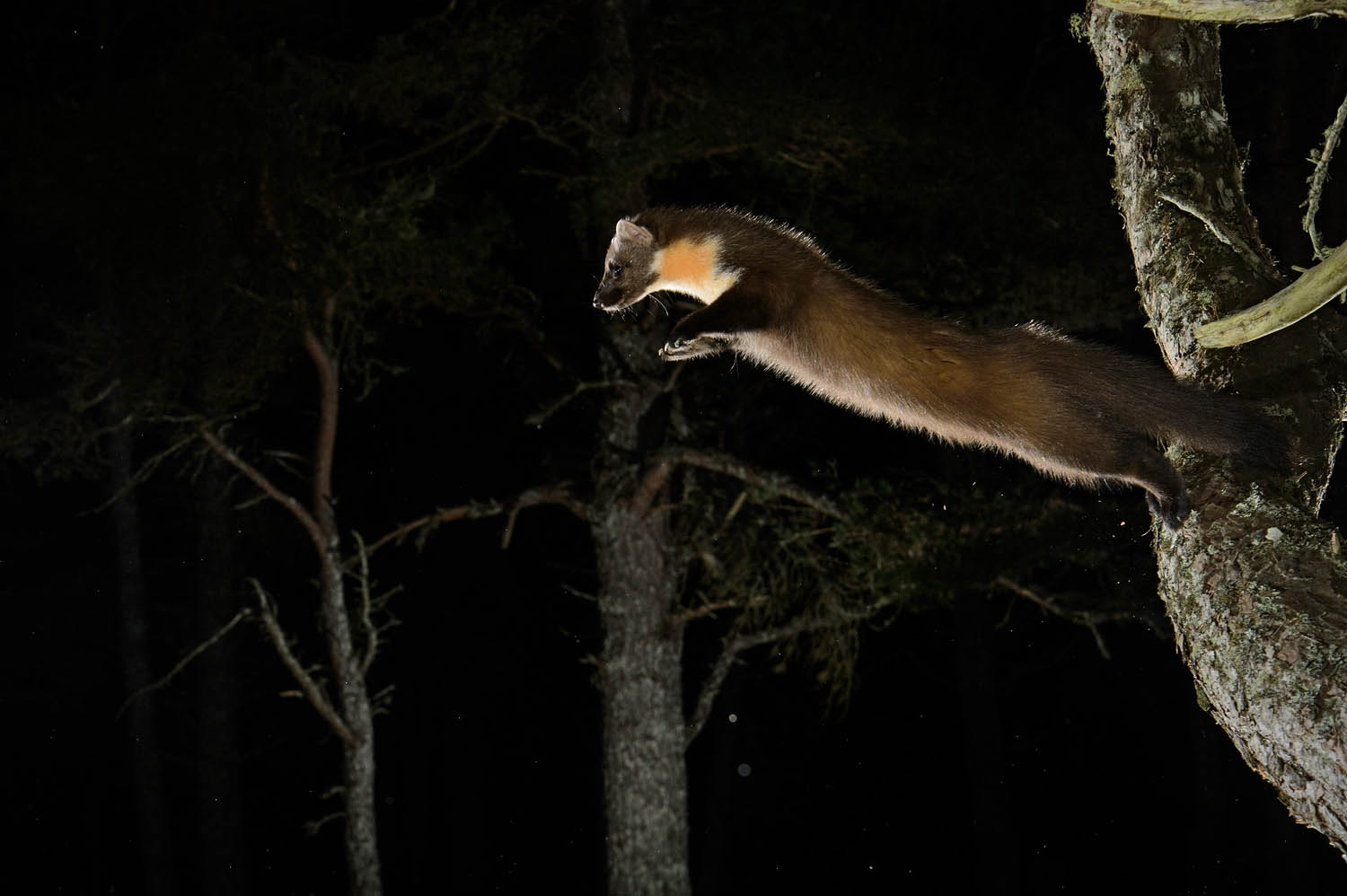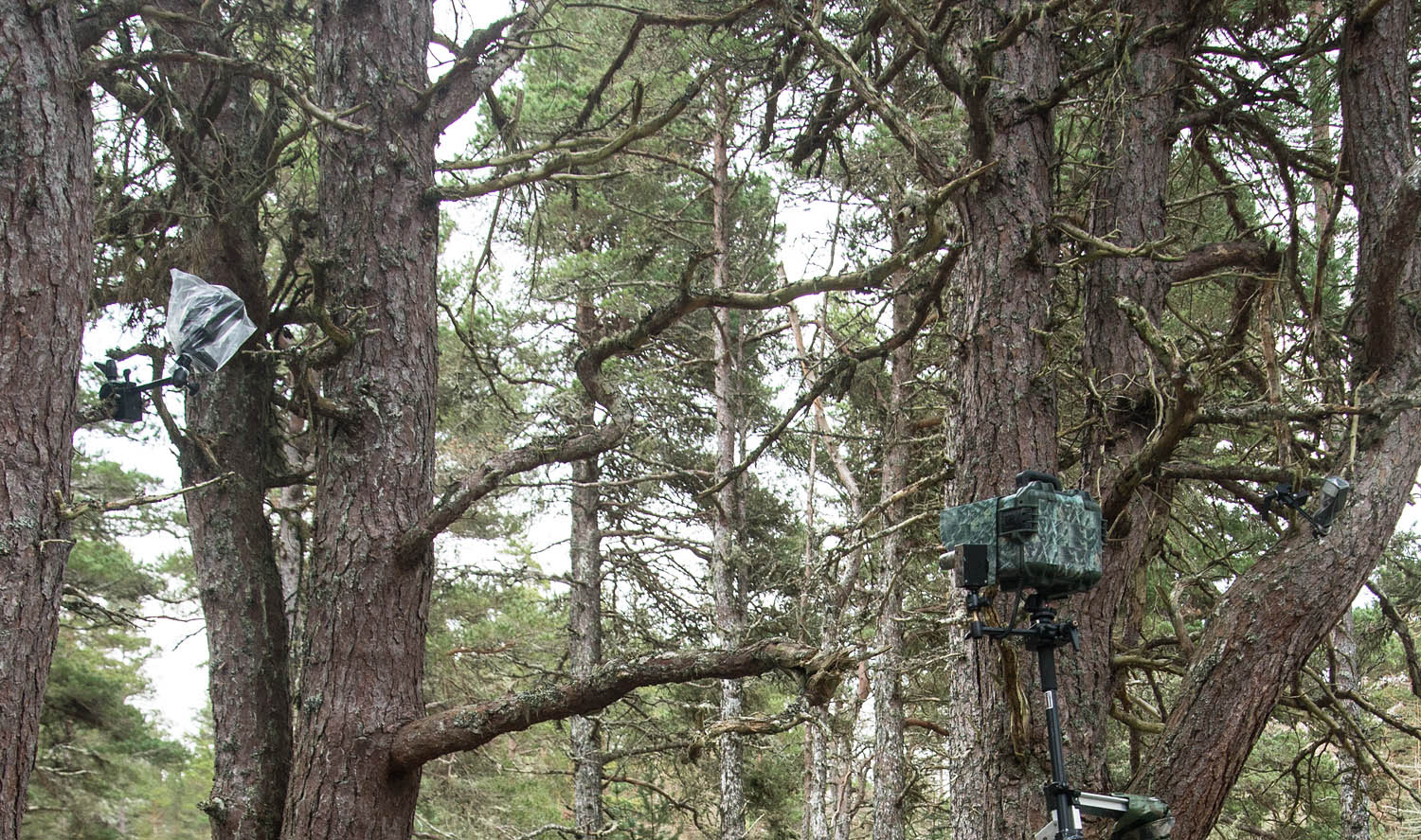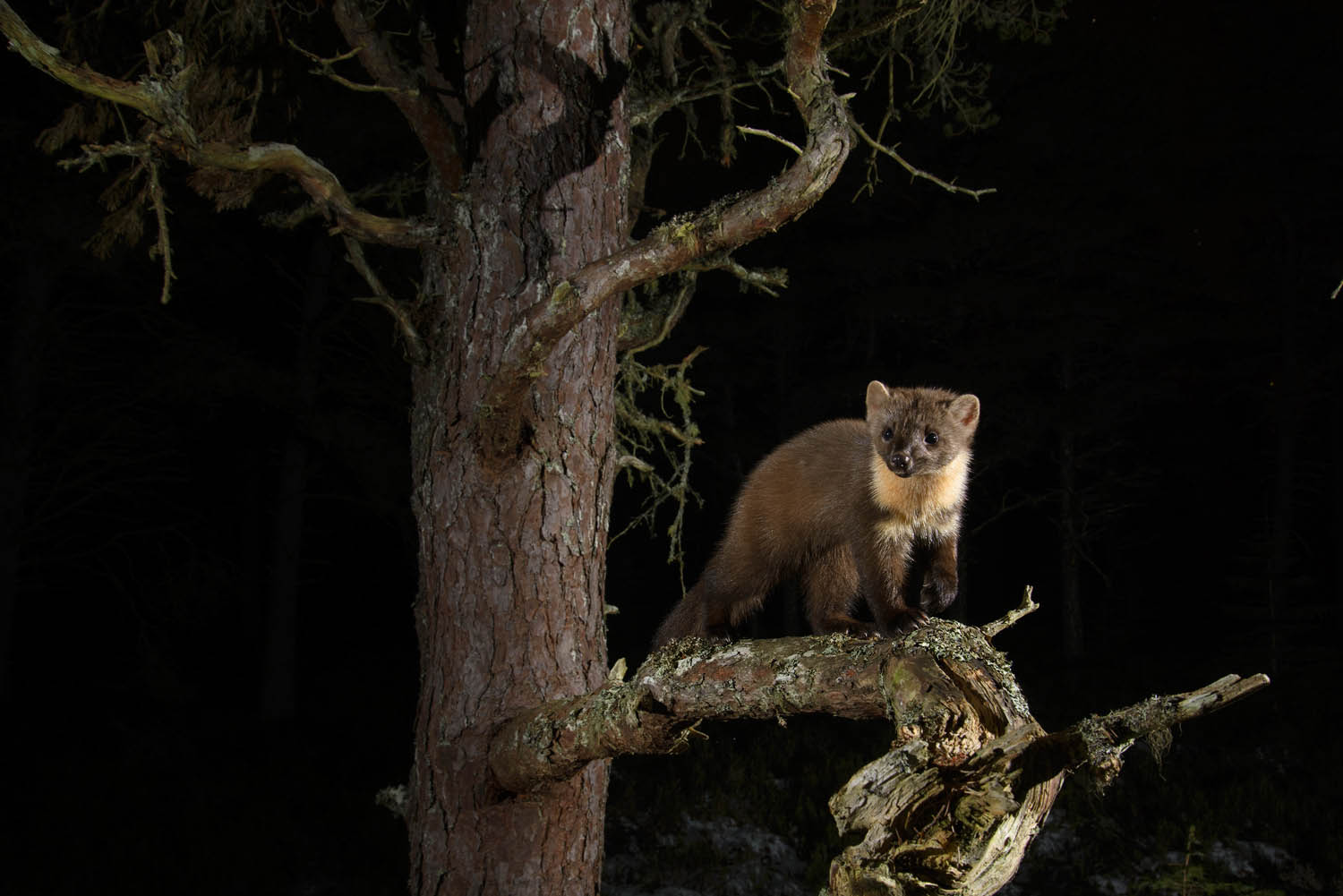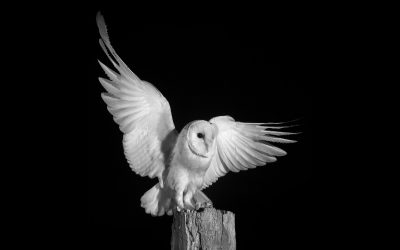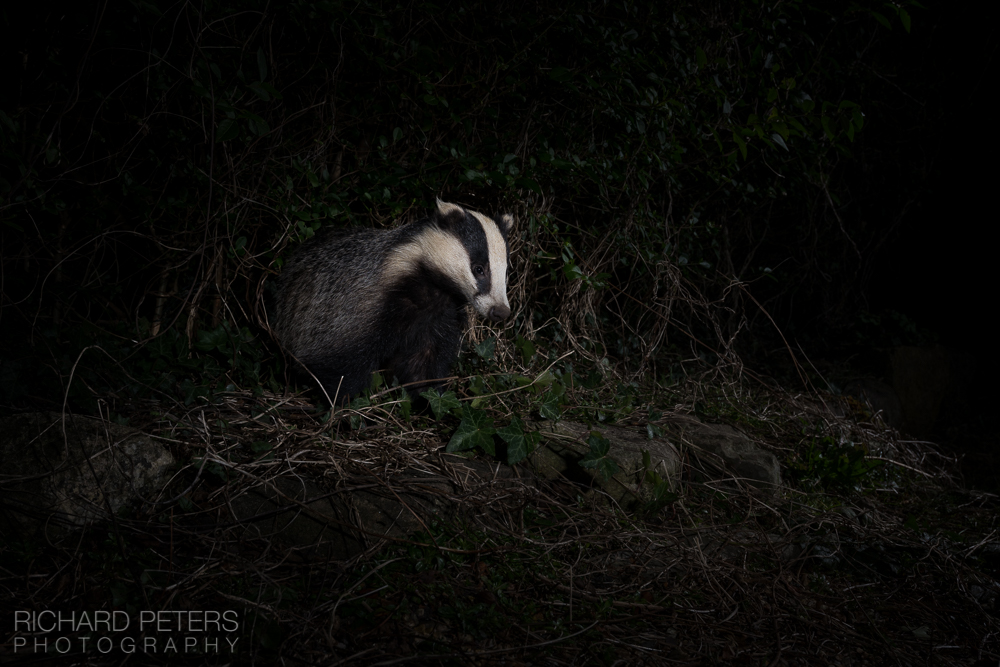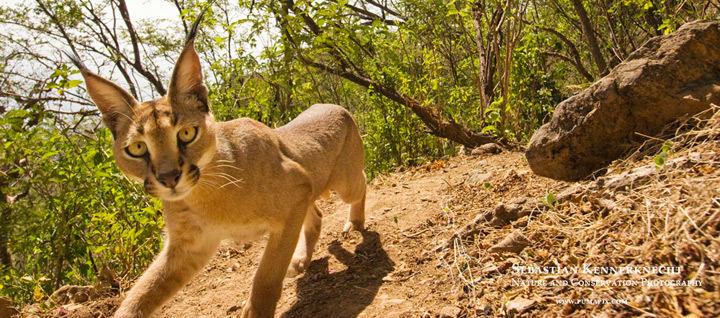TERRY WHITTAKER
Camera Trapping in the UKIntroduction
We caught up with Terry to find out more about his camera trapping projects and techniques…
What inspired you to get involved with remote and camera trap photography?
What do you find are the advantages of using these techniques?
"I spent every day for a week in a small, canvas hide and didn’t even see a marten, even though they had been showing up on trail-cams during the day… It was obvious those martens wouldn’t tolerate me in the forest at all. Every image I got of a marten in that forest was by camera trap."
The equipment for camera trapping can get quite complicated. What kind of set-ups and kit do you tend to use?
Lighting nocturnal scenes for camera trap photography can be quite an art. How do you normally approach this?
"I usually have one main flash and then another to fill and if the subject is a dark animal against a dark background, I’ll try to bring in a backlight as well. On more elaborate sets I’ll use extra flashes to light the background."
What has been your favourite remote photography project to date? Can you share some of the photos and how they were taken?
What is the biggest challenge you have had to overcome in this project and how did you do it?
Do you have any useful camera trapping tips for someone who is just getting started?
You’re running a camera trap workshop in Scotland in 2018 – can you tell us a bit about that?
The martens at this site raid his squirrel feeders pretty much every night so we hope to get plenty of hits on the cameras to work with people on different lighting scenarios and compositions. We’ll do radio-remote images of squirrels during the day and set up camera traps for martens in the evening.
More Behind the Scenes
Here are some more of Terry’s images. In each case you can see the set up that he used to capture these incredible photographs.
Terry Whittaker
Website: terrywhittaker.com | blackislehides.co.uk
To see more of Terry’s amazing wildlife images, please visit terrywhittaker.com. If you would like to find out more about the camera trapping workshops that Terry is running with Black Isle Hides, then please visit blackislehides.co.uk.
Other Interviews
How to Photograph Nocturnal Wildlife in Infrared
What is Infrared (IR) Photography?Light that comes from the sun consists of a very wide spectrum, and when we look at the world around us we are only seeing it in a very narrow part of this spectrum known as ‘visible light’. The sensors inside digital cameras are...
Richard Peters, on a Back Garden Safari
Introduction Richard Peters is a professional wildlife photographer from the UK with a style that often takes a priority of light, over subject. During the last year however, he has begun working with camera traps, concentrating on a location he has a personal...
Sebastian Kennerknecht: Tracking Down the World’s Wild Cats
Introduction Sebastian Kennerknecht is a wildlife and conservation photographer based in Santa Cruz, California. He focuses much of his photography on wild cats and the threats they face. Being totally wild cat obsessed, it’s important to him to play a role in their...

